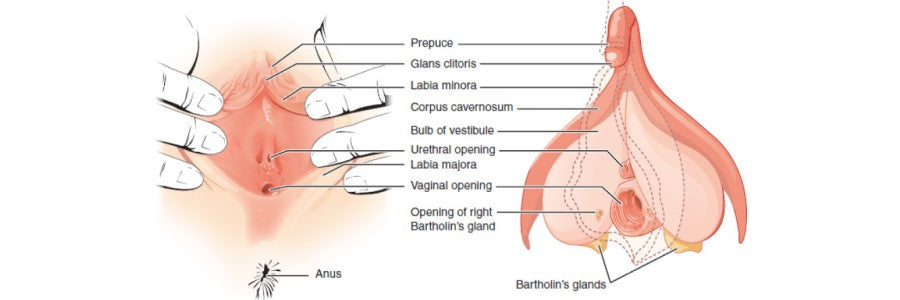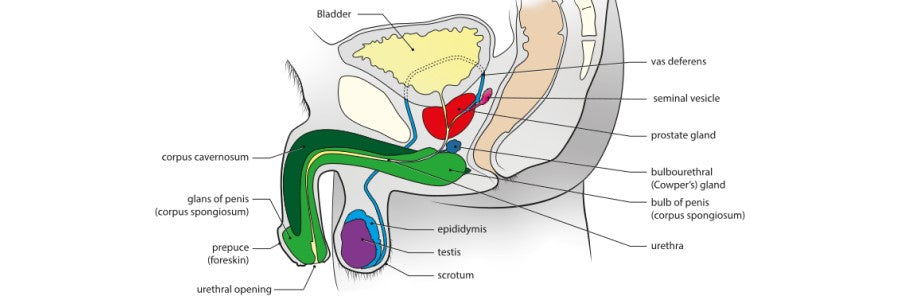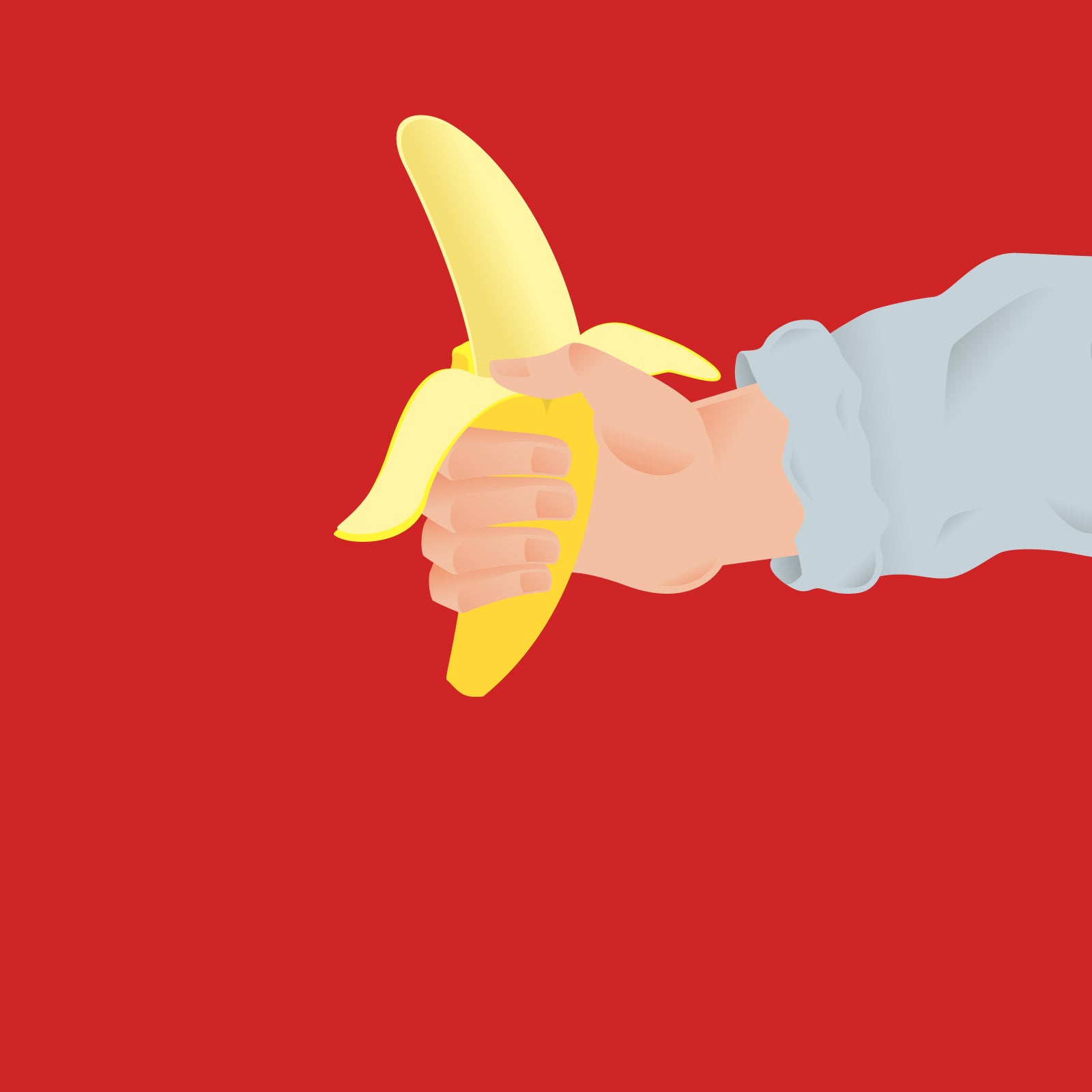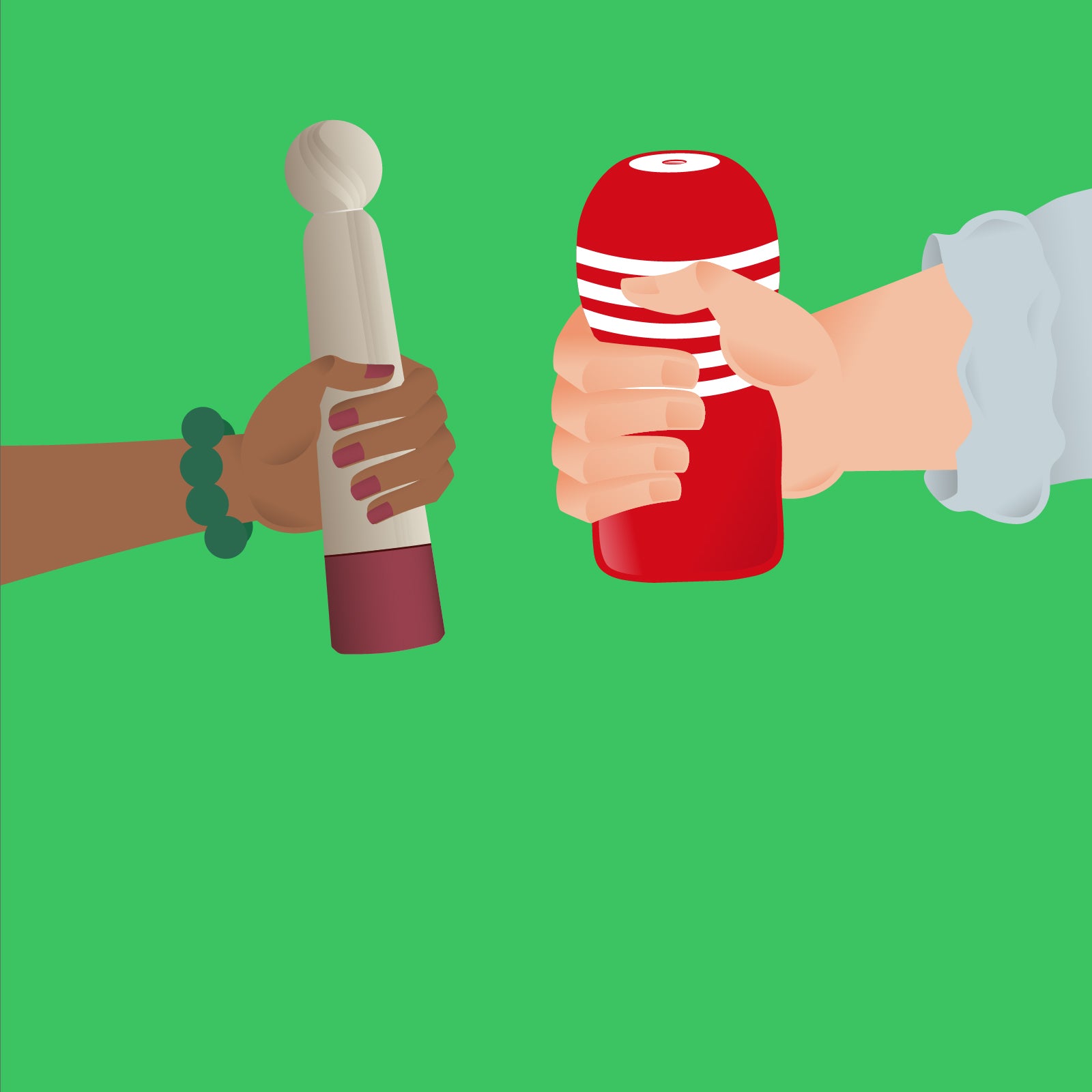
Vaginal Genital Anatomy
Knowledge is always a good thing, especially if it helps you learn more about your body, as you will be living in it for a while! We will go over the anatomy of the vagina (the entirety) and the vulva (the outside) to help you understand a bit more about how it all works.
In this post we will be using the scientific names for parts, instead of referring to them as female genitalia, as not everyone would ascribe to that gender. For information about the penis, please check out our Penile Genital Anatomy blog post.
You might have learned all of this before, but it doesn’t hurt to brush up on the subject! After all, not everyone pays that much attention during biology class.

Contents
The Need to Learn

Knowledge about genital anatomy can be different for everyone, as education varies greatly on where and when you studied. For that reason we wished to create this blog post to hopefully help fill in the blanks about anatomy. If you have any questions about your particular anatomy, perhaps this knowledge will help you get to know your body better, and help you identify if anything is worth speaking to your doctor about.
An important note before we get into it, no two bodies are the same, but you only have one, so be proud of it! With that, let us look at the science...
Viewing the Vulva and Vagina

[source: Phil Schatz. License: CC BY 4.0]
Prepuce
Otherwise known as the clitoral hood, this inner fold of skin is over the clitoris.
*The size of the hood differs between different people, from leaving the clitoris fully exposed, to covering it completely.
Glans Clitoris / Corpus Cavernosum
Or simply clitoris in common terms, this is full of nerve endings to provide pleasure. The entire structure is internally much larger than people think, but the exposed part is quite small. Much like the penis, the clitoris can get engorged with blood during arousal. The internal part is the corpus cavernosum, which fills with blood during clitoral erection.
*Once again, sizes differ, there is no given size for the clitoris.
Bulb of Vestibule
Similar to the structure of the clitoris, this can get engorged during arousal, expanding the vulva and producing pleasure from the pressure on the clitoris. Orgasms cause the blood to flow back to the body, although it would return within a couple of hours anyway.
Labia Minora / Labia Majora
These are the folds that protect the clitoris, urethra and vaginal opening. The labia majora are the outer, larger folds, while the labia minora are the inner folds.
*Size, color and shape can vary greatly. Small/large, light/dark, smooth/wrinkled are all natural variations.
Urethra
This connects to the bladder, and allows the removal of urine from the body.
*This is a separate opening from the vagina.
Vagina
This leads to the uterus (via the cervix) and allows for sexual intercourse and childbirth. The textured walls are to increase friction, promoting ejaculation during intercourse. During arousal, vaginal lubrication is produced from Bartholin’s glands (see below).
*Menstrual flow passes through the vagina, but urine comes from the urethra (see above).
Bartholin’s Glands
These glands produce mucus to lubricate the vagina when aroused. This allows easier movement inside and more comfortable sensations when coming in contact with sensitive areas.
Hymen
The hymen is a thin piece of tissue partially covering the vaginal opening. There is not one shape to the hymen (see image below), and it can range between thin and elastic to thick and slightly rigid. The hymen can be torn from various activities such as exercise, use of tampons, masturbation or even exercise.
*The state of the hymen is not an indicator of virginity, for the reasons mentioned above. In fact, a completely intact hymen could require a visit to the doctor, as it would prevent menstrual flow.

Summary
We hope that this helped you learn a bit more about genital anatomy, and all the wonderful variations there are. Of course, if you have any worries it is best to speak to your doctor.
The media tends to show a somewhat homogenous view of bodies, but in real life no two people are alike. It is important to understand these differences, and be proud of your unique body.






